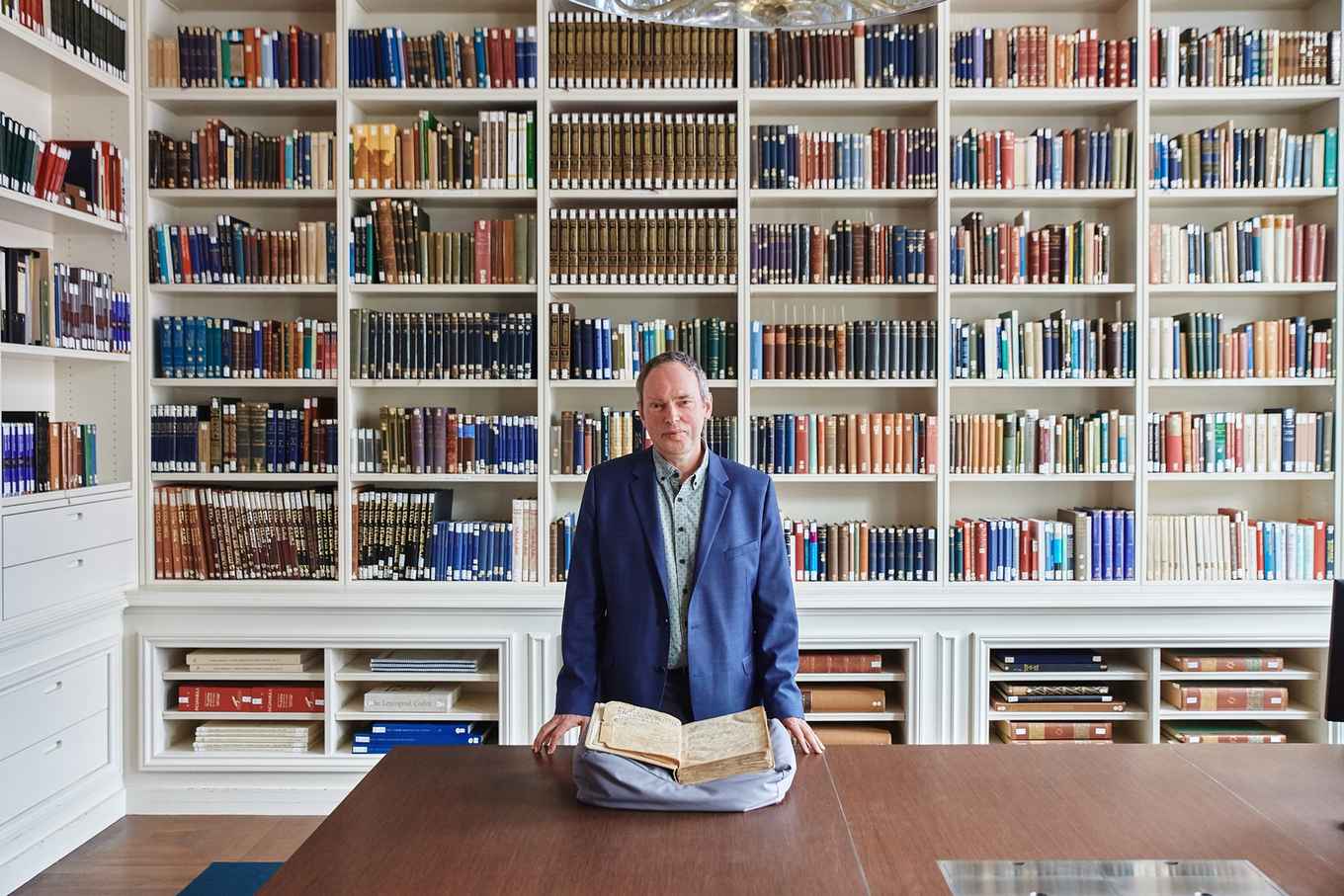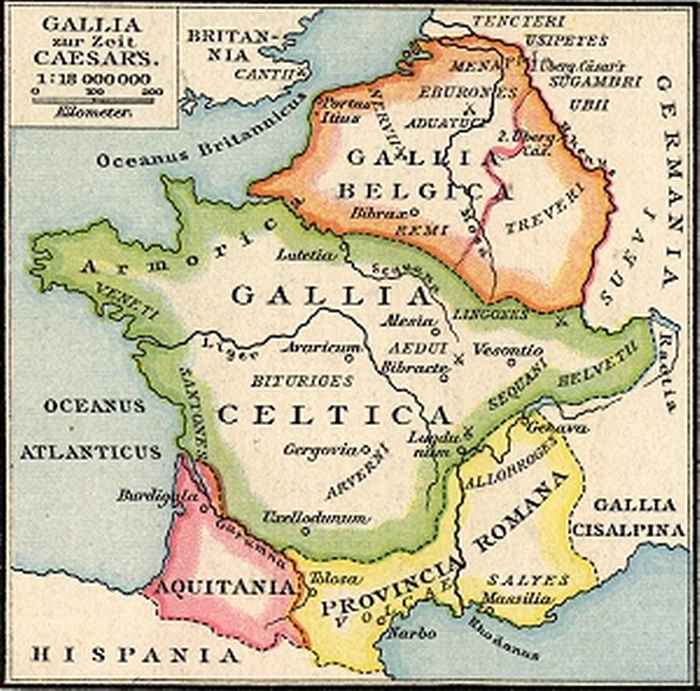Will you open the oldest book in Amsterdam?
Additional funds required: €30,000
The conquest of Gaul
Julius Caesar was proud of his conquest of Gaul (ca. 58 – 50 BC) and wrote an extensive account of it: De Bello Gallico (On the Gallic War). This account is regarded as an important historical document, even if Caesar had no issues with stretching the truth or embellishing the facts. The fact that Caesar did actually wage war in the Netherlands during those years was proven by two hoards of coins that were recently found in Limburg. These finds were directly linked to the texts in De Bello Gallico, thus bringing Caesar’s account back into current affairs.


Wide and far
In the first half of the ninth century, Benedictine monks in Fleury, France, copied Caesar’s account onto parchment – a job that took years. This ninety-nine-page manuscript is one of the two oldest remaining copies of De Bello Gallico, and it travelled far and wide before ending up in the Amsterdam University Library.
The ‘Amsterdam Caesar manuscript’ was coveted by scholars and a pope, formed part of the library of a professor in Heidelberg, and was stolen by a shady student from Amsterdam. It was then sold at an auction to the Amsterdam merchant Jan Six. In 1706, it was obtained by the Athenaeum Illustre, the predecessor of the University of Amsterdam.

New knowledge and techniques
Due to the manuscript’s vulnerability and sensitivity to light, it can, unfortunately, only be displayed on rare occasions. Now that knowledge in the area of preservation has significantly increased in recent years and new techniques are being developed, a team of specialists wishes to investigate the possibilities to safely display the manuscript. What is the manuscript’s condition, how can it best be supported, and what are the requirements in terms of light and climate?
Important questions, to which they hope to find an answer, so that this unique book may receive the attention it deserves.
Will you help to achieve this?
Please donate and continue the tradition of support for science and scholarship.